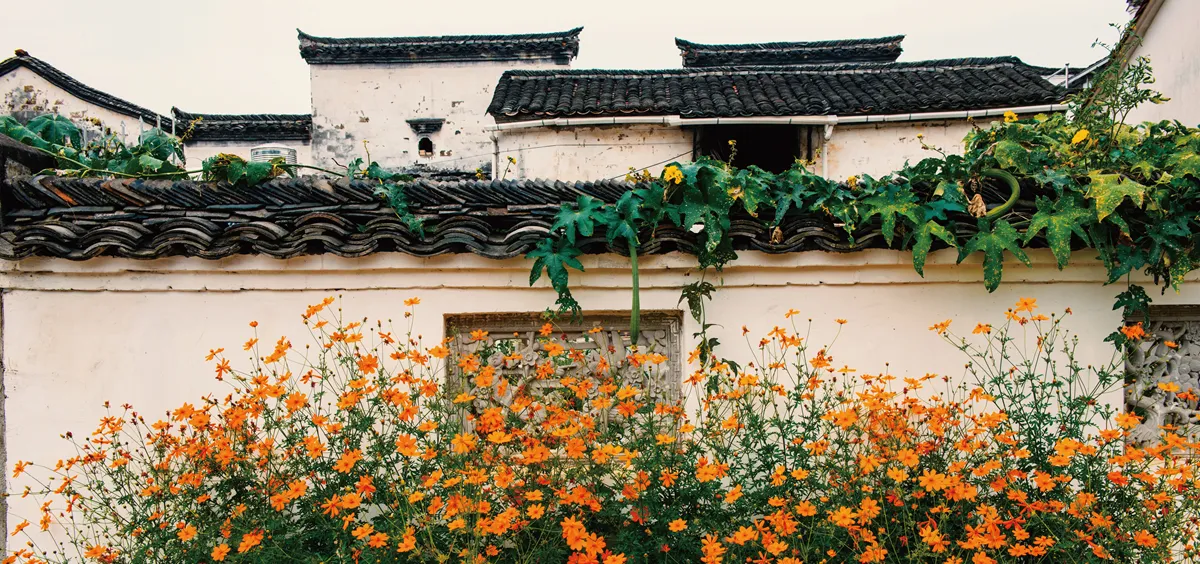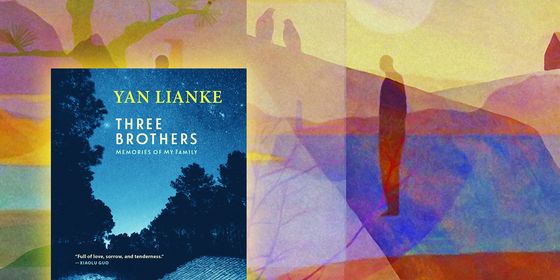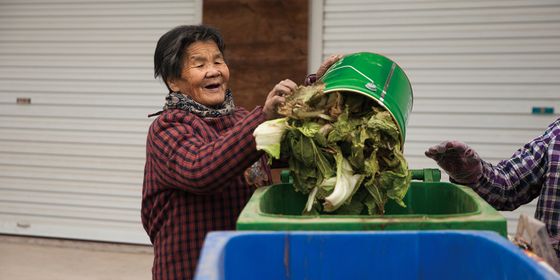A centuries-old village in Anhui becomes a magnet for artists
They arrive with a clatter of suitcases on cobblestone, eyes trained to look for beauty. Here where the river twists under the graceful arch of a bridge, or reveals the swan-like reflection of a whitewashed home, there could be a perfect place to stop and paint away the afternoon.
Zhaji, nicknamed “Painter’s Village,” boasts the largest collection of ancient Hui-style architecture in southern Anhui province—over 140 homes, ancestral halls, and temples dating back to the Yuan (1206 – 1368), Ming (1368 – 1644), and Qing (1616 – 1911) dynasties. More remote and lesser known than its UNESCO-honored neighbors Xidi and Hongcun, the village is a magnet for artists and art students seeking a tranquil throwback to the Jiangnan (“south of the Yangtze”) scenery immortalized in ink paintings throughout centuries.
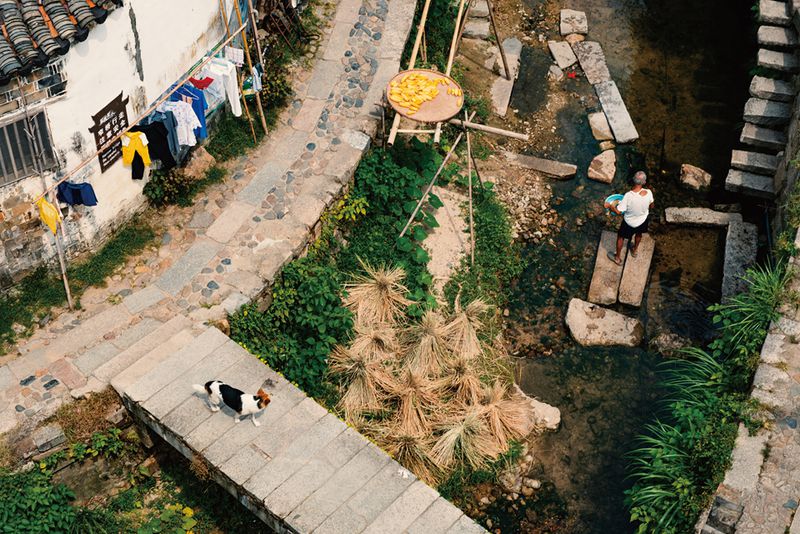
Stone bridges appear every few meters in the village, which is surrounded by rivers
Yet as the black-tiled courtyards transform into secluded studios, and tourists come to peek at transformation, the fight is on to save Zhaji from the overly refurbished and commercialized fate of other “historical” sites. “When it comes to tourism, money is everything,” fretted photographer Meng Qingchun, who has visited ancient towns all around China. As the country shifts the tenor of its economic development from the city to the villages, locals and officials are warming to the value of preserving pastoral scenery.
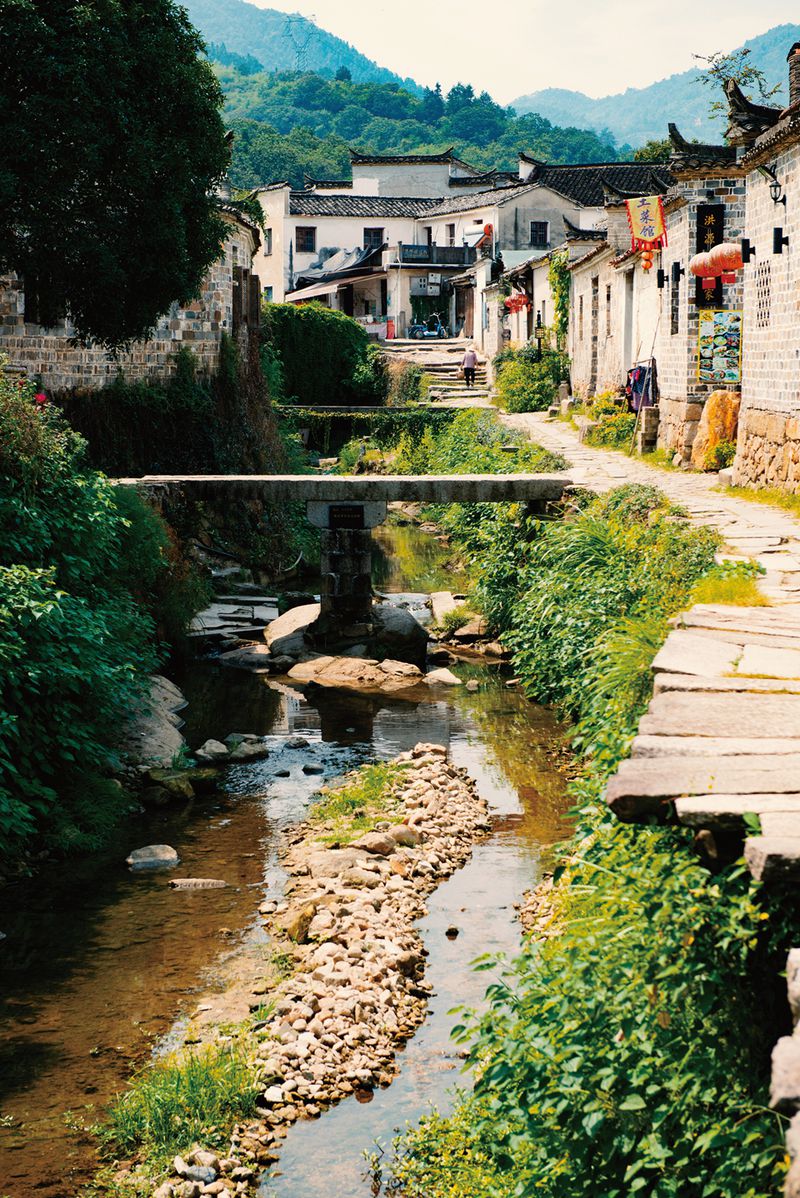
Whitewashed facades and black-glazed tiles are characteristic of the local Hui architecture
Under Meng’s lens, life in Zhaji seems to go on as centuries before. Save for a few villagers selling plastic souvenirs, most of those who traverse the pebbled paths are toting produce or laundry bound for the river. With few tourists yet venturing their way, made fewer still by the Covid-19 pandemic, traditional artisans ply their crafts in peace: carving wooden lattices, and stenciling the words of poetry that originally made their community famous—that perhaps couldn’t have been penned anywhere without such a reputation for beauty.
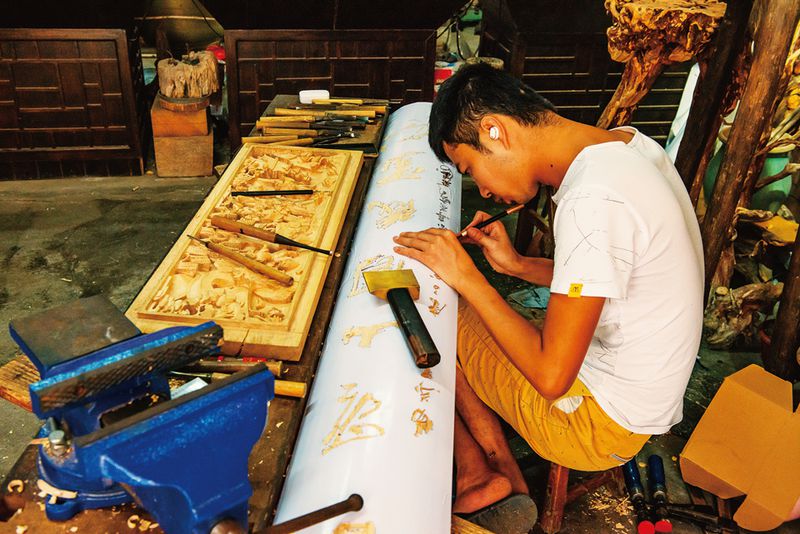
Stenciling matching “couplet” poems on door pillars is a traditional craft still practiced in the village
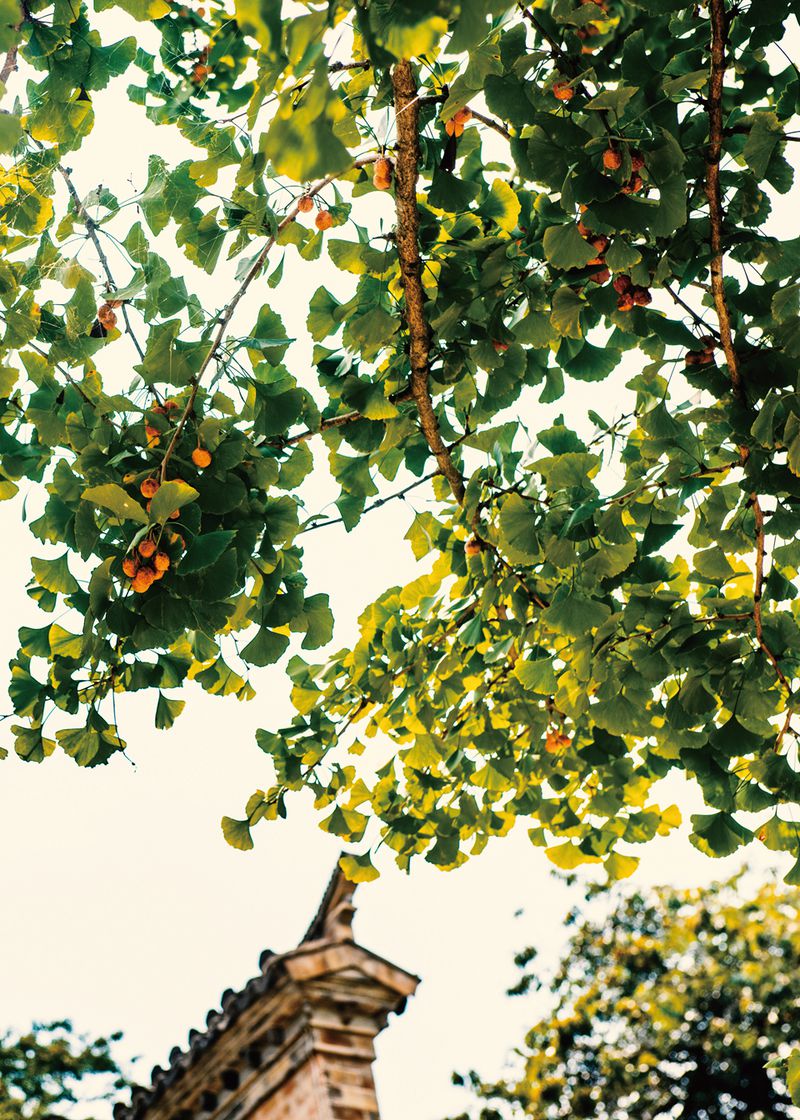
Along with historic homes, hundreds-year-old trees are part of the attraction in the village
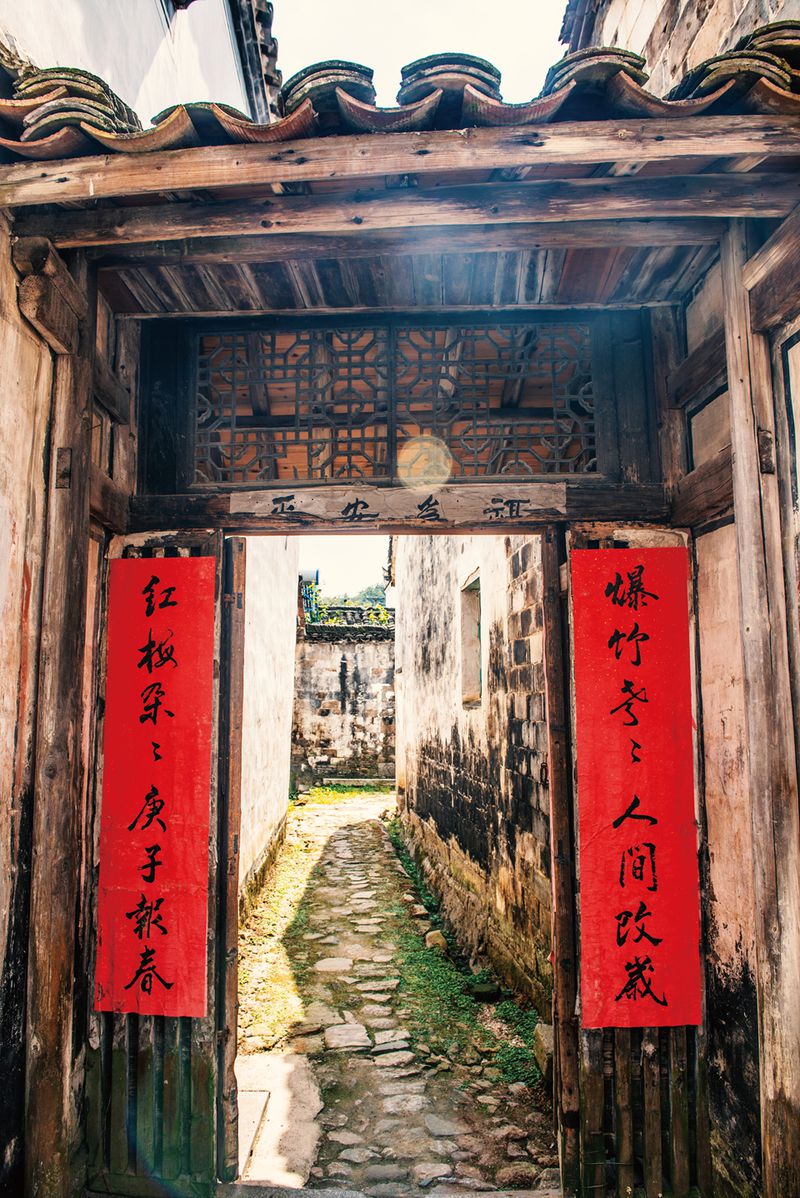
Elegant wood carvings usually indicated the home of scholars in the Ming dynasty
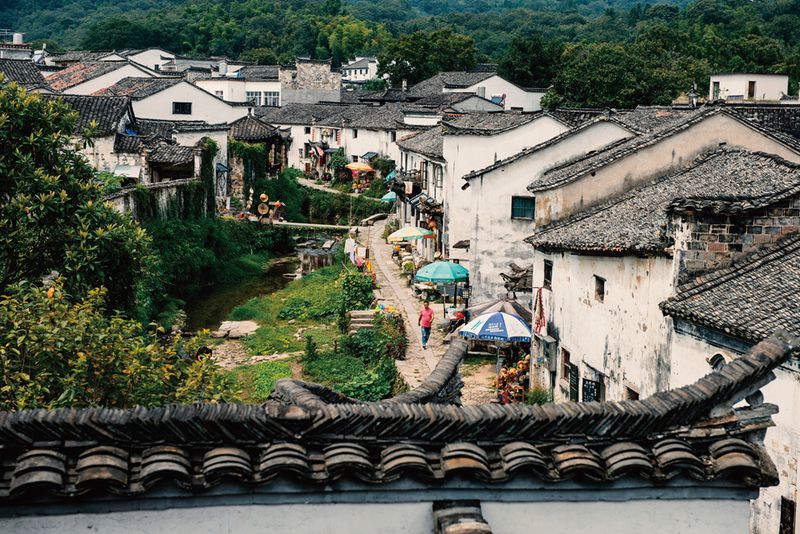
The mountains that surround Zhaji village contribute to its isolation
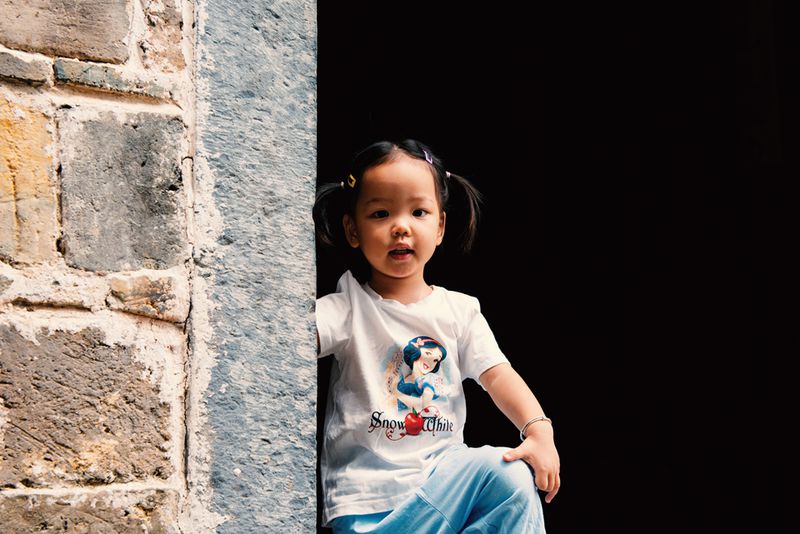
Historic villages often struggle to remain a liveable community, not just a scenic site
Photography by Meng Qingchun (孟庆春)
Paint the Town is a story from our issue, “Rural Rising.” To read the entire issue, become a subscriber and receive the full magazine. Alternatively, you can purchase the digital version from the App Store.






